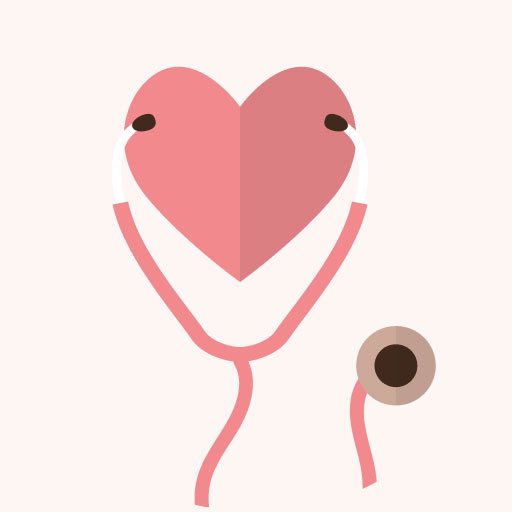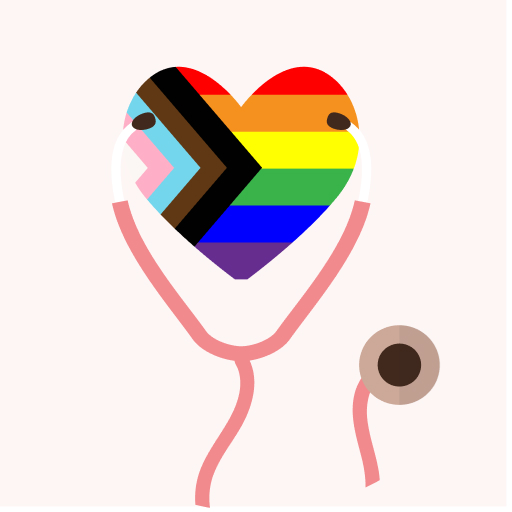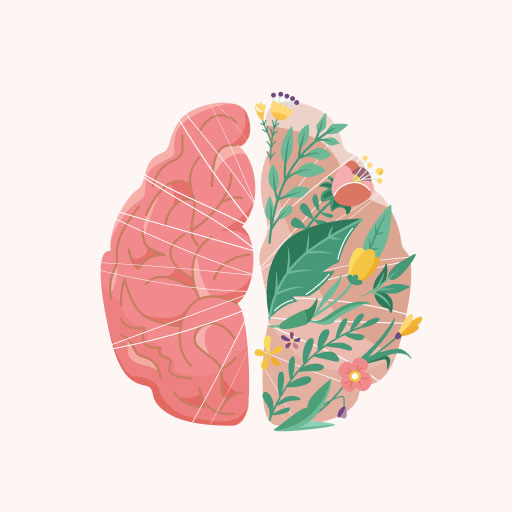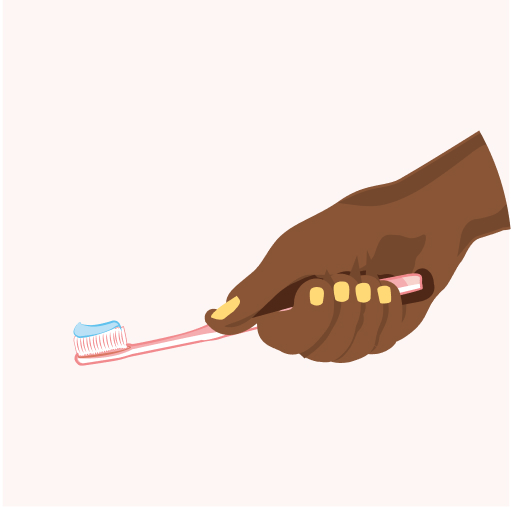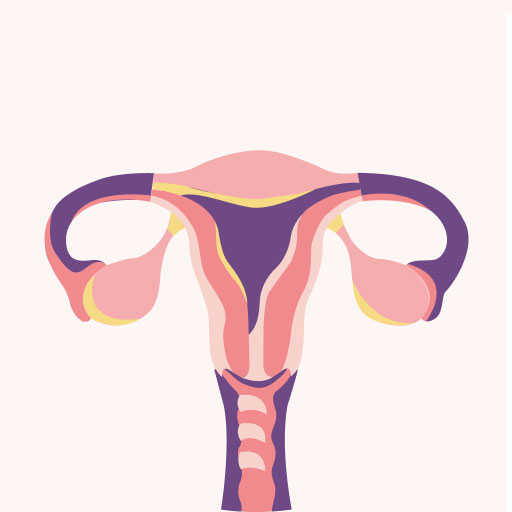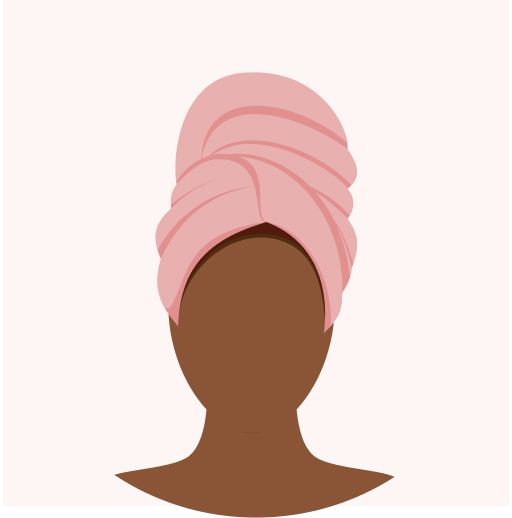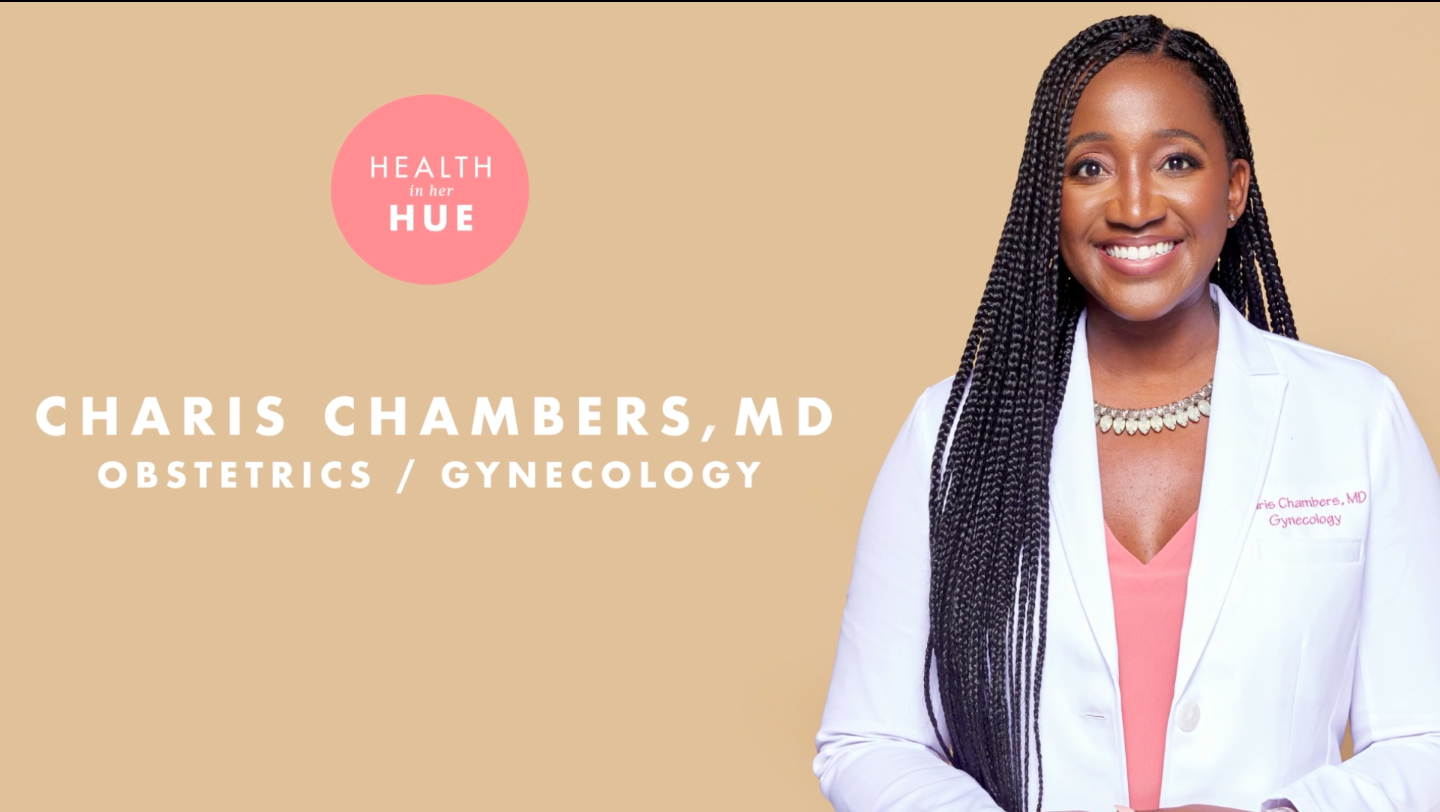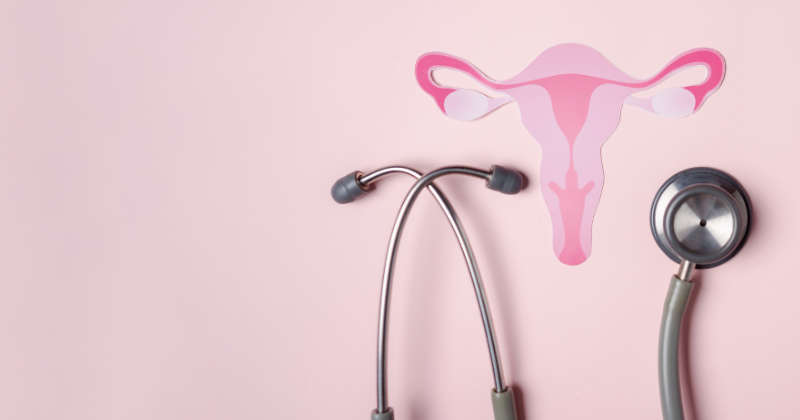
The Impact of Uterine Fibroids on Black Women
Black women are disproportionately impacted by uterine fibroids. One woman’s journey begins with a surprise fibroid diagnosis and ends with the creation of a helpful resource for others dealing with fibroids.
When LaToya Dwight visited her OBGYN in 2015, she received life-changing, unexpected news. She learned there were fibroids in her uterus during a routine doctor’s appointment to get her IUD replaced.
A tech conducted a vaginal ultrasound to locate the IUD. As they were wrapping up after the ultrasound, the tech asked Dwight, “How’re your fibroids coming along?” Dwight responded, “What’s that?” This was her first time ever hearing about fibroids.
“I had been a patient of this particular doctor for over 12 years,” Dwight said. “Never once did anyone mention that there were fibroids in my uterus. When I got the diagnosis, apparently, they were rather large. And not only that, a hysterectomy was the first and only option she ever gave me. I remember that day like it was yesterday.”
What are fibroids?
Fibroids are non-cancerous tumors that grow in the uterus. Typically ranging from pea- to watermelon-sized, they are the most commonly occurring pelvic tumor in women, and individuals can have multiple uterine fibroids at the same time.
How do fibroids impact black women?
Dwight’s story is similar to other Black women with fibroids. When they receive their diagnosis, many are left looking for answers and navigating the situation on their own with insufficient support. The lack of resources, research, and accessible education about these non-cancerous tumors makes it challenging to stay informed.
According to Michigan Medicine, nearly two-thirds of women experience uterine fibroids by age 50. Although some women with fibroids don’t have symptoms, others experience pelvic pressure or pain, anemia, heavy or prolonged periods, and fertility problems, among other symptoms.
Black women are more susceptible to getting larger and more fibroids that cause more severe symptoms than other races. McLeod Health reports, “25% of African-American women will suffer from fibroids by age 25 and 80% will have them by age 50 (compared with 70% for white females).”
The reasons for the disparities mostly remain unclear to doctors and researchers, but research has yielded some clues. Vitamin D deficiency, stress, diet, environmental factors, regular exposure to chemicals in hair relaxers, and inequities in access to healthcare have all been cited as potential reasons.
According to Michigan Medicine, Black women are at least twice as likely as white women to get a hysterectomy to treat their fibroids, with a third of the surgeries occurring during peak childbearing years – between ages 18 and 44.
How are fibroids treated?
Outside of hysterectomies, there are other treatment and management options that doctors may recommend based on the severity of symptoms or other health factors.
A myomectomy is a surgery that involves doctors surgically removing fibroids and reconstructing the uterus. This option gives women a better chance of getting pregnant in the future. Other available options in the U.S. include uterine artery embolization and radiofrequency ablation of fibroids using Acessa and Sonata devices.
Over-the-counter pain relievers and anti-inflammatory medicines can help manage discomfort. Women with less severe fibroids can be advised to monitor their symptoms through medical treatment and “watchfully wait” rather than undergoing permanent surgery.
Dwight had a uterine artery embolization in 2019 that shrunk her fibroids by 50%. She said the procedure was worth it for her at that time; however, she believes more are possibly growing back. Before the procedure, she tried natural, noninvasive remedy options such as a vegan and blood type diet, yoga, colonics, and vaginal steams. These options can cause a mild relief of symptoms, but there is minimal change in fibroid size.
Since early diagnosis and treatment are essential for improving health outcomes in Black women, more awareness and education about this condition is critical. Although fibroids are non-cancerous, they can impact women’s lifestyles, interfering with social and physical activities, relationships, and work. They also take a psychological and emotional toll on women by causing stress, isolation, and depression.
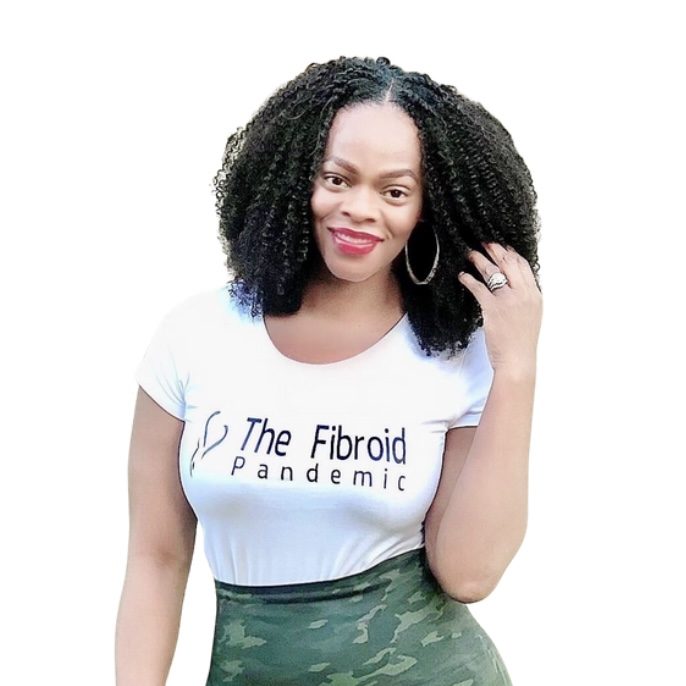
LaToya’s Journey
After Dwight shared her experience about her procedure on Facebook, she received a lot of support and feedback, inspiring her to start her own company, The Fibroid Pandemic, in January 2020.
She created The Fibroid Pandemic to provide resources, tools, and support for people with uteruses seeking to overcome uterine fibroids. She aims to help them make educated decisions on their fibroid healing journey.
Dwight is also the founder of a 501c3 nonprofit called Pad The Pandemic and the race director of Run F.A.R. (Fibroid Awareness and Resources) 5K Founder. She hopes these initiatives will encourage people to take action, support discussions about relevant legislation, and raise money for fibroid research. She believes such initiatives and targeted messaging will cause a necessary paradigm shift surrounding fibroids.
“Black women are disproportionately impacted by fibroids [in comparison to] our white counterparts,” Dwight said. “We receive the official diagnosis much later than our white counterparts, and by the time we receive a diagnosis, the fibroids tend to be much larger than our white counterparts’ because of those reasons. That’s the very reason why there needs to be more research on this. Because what’s happening is they are…recommending a hysterectomy as the first and only option.”
“That should be illegal,” she added. “…give someone a conversation. Give them options. Now, if their situation is dire where it’s between life or death, and you need to take this out [uterus], that’s different.”
Raising awareness about fibroids
Representation and inclusivity in fibroid research are essential because Black women need answers for why they are affected by these tumors the most. This is a global issue, and women should not suffer in silence.
If you are a Black woman with abnormal menstrual periods or any other symptoms mentioned in this article, please visit your healthcare provider to conduct tests for fibroids. Be vocal about your symptoms, know your options, and always advocate for yourself.

